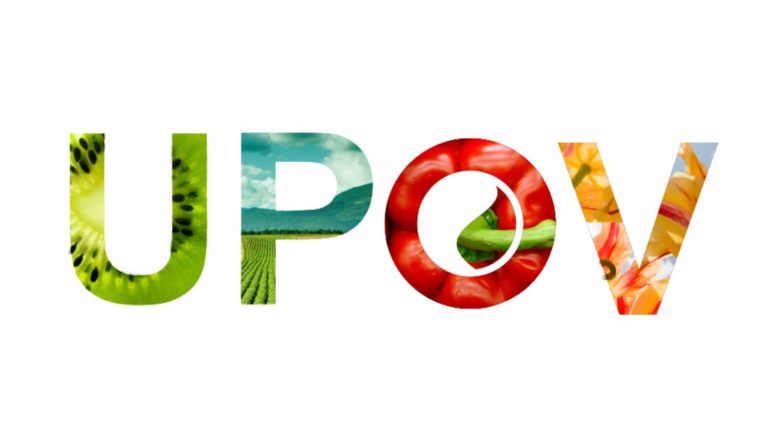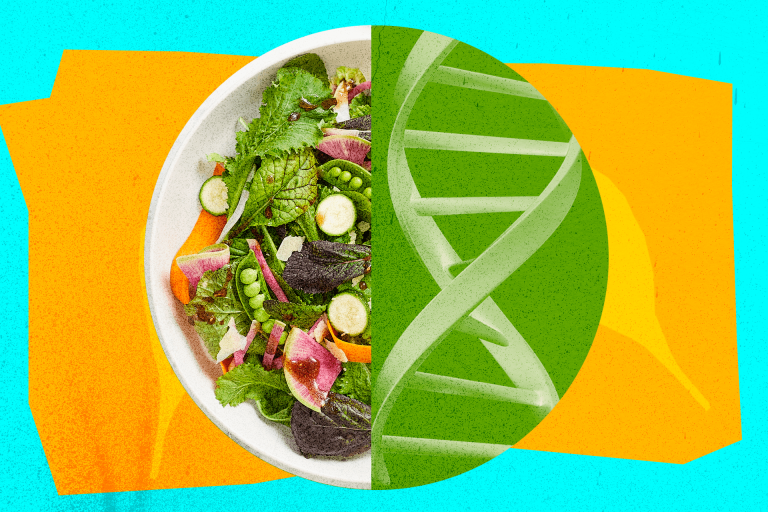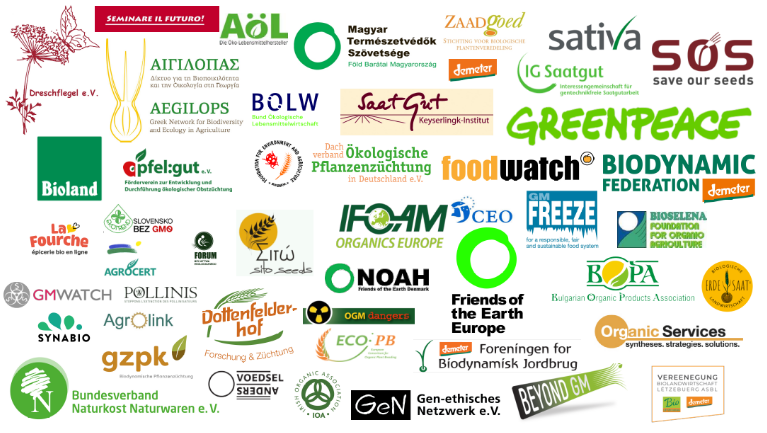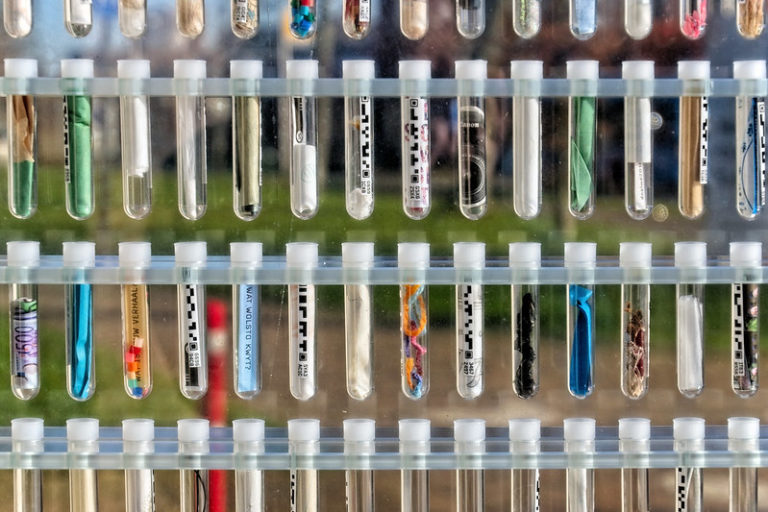Patents and evolution of the Plant Breeders’ Rights (PBRs)
Patents and Plant Variety Certificates (PBRs) are two intellectual property regimes that can be applied to the same plants. While a patent may relate to genetic information or biological material in a plant, a PBR takes into account the visible characteristics of the plant as a whole. But plans to give greater weight to certain genetic descriptors in order to obtain a PBR are bringing the latter closer to the patent, a sort of hybrid system for the well-being of seed companies, but not farmers.

The PBR is an intellectual property right granted on a plant variety according to four criteria: distinctness, uniformity and stability of its characteristics, as well as novelty compared to known plants. These criteria, as analysed by H. Tordjman in 2008, have historically been preceded by a prior artificial definition of the seed as an object in order to enable its “commercialisation“i . The authorisation to market a variety is granted via registration in the catalogue, based on the criteria of distinctness, uniformity and stability, as well as a novelty criterion based solely on other varieties already registered.
Patents and PBRs: their major differences
A patent, on the other hand, is granted for a technical process or a product containing biological material or genetic information. While the scope of a PBR excludes breeding processes, that of a patent excludes varieties in their phenotypic and genotypic entirety.
The PBR also differentiates by the “farm-saved seed exception“, which allows farmers, for certain species, to resow seed from a protected variety for “fair remuneration” from the breeder (small farmers are exempt). The second exception is for breeders, who are free to use a variety protected by a PBR for research to create new varieties. As far as patents are concerned, exceptions may be made at a national level. In France, sectoral agreements or special arrangements may allow the re-use, under strict conditions, of certain patented seeds for certain species and within an annual production limit. The breeder’s exception is also provided for in the new European unitary patent, but not the “farmer’s privilege“…
These differences are reflected in the ways in which these rights are granted (see p.3). For genetic modification techniques, patents are granted on the basis of a description of the genetic sequences or modified biological material. A PBR is granted on the basis of a description of visible and/or measurable characteristics on whole plants only.
PBRs: a description that is above all visual
A PBR is applied for by providing the information needed to characterise a variety. In France, the Geves (the organism evaluating new plant varieties & analysing seed quality) verifies this file by studying the visible and/or measurable characteristics of a variety in the field (phenotype). Genetic analyses (genotype) are not used for these verification tests. For the Geves, they would even be problematic, as a molecular description does not provide any information about the appearance of a variety when grown, especially as “two distinct genetic profiles may […] turn out to be identical in the field, which could cause confusion at a commercial level“ii . But it uses these genetic analyses to check seed batches. By detecting the presence or absence of molecular markers, it is able to prevent the controlled batches from being sown.
For its part, the International Union for the Protection of New Varieties of Plants (UPOV) accepts, for certain species, the replacement of the description of certain phenotypic characteristics by a molecular marker supposed to correspond. But these markers never replace all the phenotypic characteristics describing a variety.
What is a molecular marker?
Molecular markers are short genetic sequences that can be used as references. Like signposts along a road, they indicate the presence of sequences that may confer a particular trait. Some people think they can be used to obtain a presumption of identification of a plant variety, facilitating traceability from its use to the consumer’s plate. A list of several of these sequences provides a more or less reliable presumption of the “genetic fingerprint” of each variety. By carrying out genetic analyses in search of such markers, it is possible to classify plants into groups if these markers are present in a uniform and stable way within several plants studied. If, in addition, these markers are found in one group of plants but not in another, they can be used to identify a number of characteristics of a variety.
To characterise a variety genetically, the work would consist of drawing up a list of markers typical of that variety, like a reference matrix. When a plant is analysed, the results of the presence or absence of the various markers would then give the name of the variety to which the plant belongs. But we’re not there yet.
Genetic analysis for the PBR?
Genetic analyses would be considered as tools for describing and verifying three of the four criteria included in the specifications for obtaining a PBR: distinctness, uniformity and stability. Within the UPOV, a “working group on biochemical and molecular techniques” aims to establish guidelines allowing to define the genetic profile of varieties. Its ambition is to build a common analysis methodology and a database of molecular markers that can be used for the genetic description and identification of a varietyiii .
A recently updated UPOV document provides “guidance on the possible use of biochemical and molecular markers in the examination of distinctness, uniformity and stability (DUS)“iv . In France, the Geves held its first workshop on this approach in 2023.
Will the PBR, in the future, be granted on the basis of genetic characteristics rather than visible or measurable characteristics of the whole plant? As the Geves writes, in France, the wish remains to maintain a dominant role for phenotypic description. In 2017, it was noted that “the characterisation of varieties by taking phenotypes into account must remain the fundamental point to establish the difference between two varieties“v. This need to confirm the central role of phenotypic characterisation shows that this role is being called into question. But how can small seed companies provide such genetic descriptions? Without the skills, equipment and financial resources, it seems difficult. A PBR obtained by genotypic description would then be reserved for the only players capable of producing such descriptions, foreclosing access to PBRs to small seed companies and reinforcing the concentration of the sector.
Removing the descriptions of the varieties to be protected from the field distances farmers from the world of intellectual property. These players identify the seeds they buy on the basis of their phenotypic characteristics of interest to the crop, not of their genomes. Molecular markers could be used by seed companies to control farmers’ seeds. In Europe, farm-saved seeds under PBR are the subject of an offensive to force those who reproduce them to pay royalties (which the majority do not do, taking advantage of the difficulty of tracing phenotypic traits). The European Commission is proposing to open up the marketing of seeds to non-organic “heterogeneous material” (not subject to DUS criteria), which could therefore contain patented elements. These include, for example, farmers’ seeds. These seeds could be the subject of patent claims linked to molecular markers. This proposal would surely be the end of this material, whose value lies in its genetic diversity, which enables it to adapt easily to the various growing conditions in which it is cultivated through successive multiplications from local harvests. This is a crucial ability at a time of ecological and climate upheavals.
i Hélène Tordjman, “The construction of a commodity: the case of seeds” , Annales. Histoire, Sciences Sociales, 2008/6, pp 1341-1368.
ii Geves, question “Can the genome study replace the DUS study in the field?”.
iii UPOV, “Review of document upov/inf/17 ‘Guidelines for dna-profiling: molecular marker selection and database construction'”, 4 September 2020.
ivUPOV, “Possible use of molecular markers in the examination of the distinction between uniformity and stability”, 20 October 201.
v CGAAER, “Scenarios for changes in PBR in relation to the development of new techniques
d’obtention variétale et l’évolution du brevet”, p.51, March 2017.













